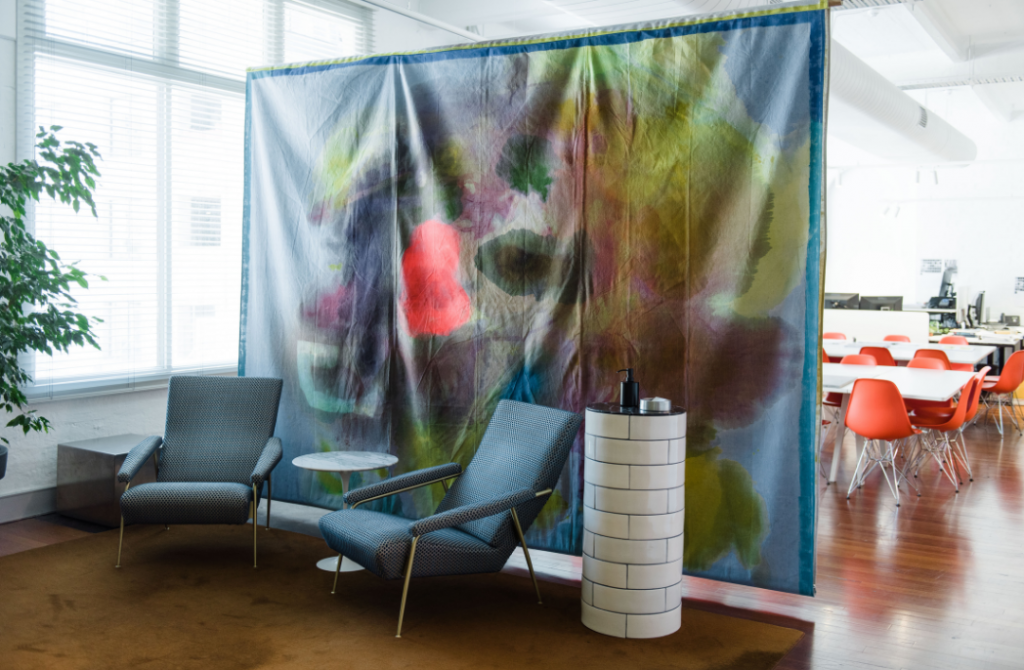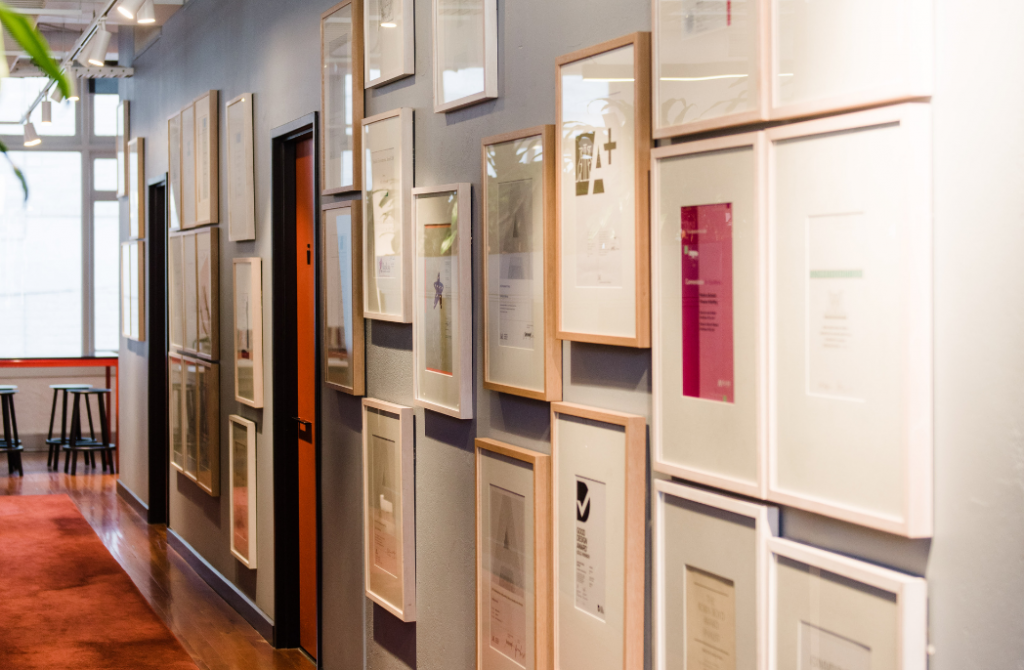
Being Bialek
Share
SJB is a multi award-winning practice comprising a group of businesses based in Sydney and Melbourne. One of its three founders, Michael Bialek, the B in SJB, has now been with the practice for nearly 50 years.
Architectural Review issue 168 included a feature about JAHM, the art house museum started by SJB founder Charles Justin, along with his wife Leah, following his retirement from the practice in 2012. Co-founder Alan Synman also retired from the practice and now sits on numerous boards and committees. But what of the third letter in the acronym?
That would be Michael Bialek, who’s still very much at the helm. And he’s not planning to change that anytime soon…
Bialek always wanted to be an architect, he says. He wasn’t one of those children who loved to build things out of LEGO or Meccano, but he did find joy in the world around him. “I was always visually stimulated by nature or built things,” he says. ”I started at an early age and I liked to draw detailed pictures. Particularly in my university career, I was drawing buildings in very fine detail from the topics that we were learning about, and the history of architecture.”
But in true Australian fashion, it was actually sport that brought him together with his future colleagues. Already practising as an architect, Synman was also a football coach at the club Bialek joined in 1971. A holiday internship followed and when Bialek finished his university degree a couple of years later, he joined Synman and Justin in the practice full-time. In 1976 he became a partner and SJB was born. “It was all pretty quick and natural,” he recalls.
From the very start, the trio had clear ideas about the direction they wanted the practice to take. They had similar outlooks and shared a focus on strong family and community connections. “It was just the magical meeting of three people from different backgrounds at a certain time,” says Bialek. “We were really challenging the notion of how architects were perceived in the industry, which was quite old-fashioned at the time.”
Notably, they had progressive ideas about how to run a practice. Bialek says they had Synman to thank for this. “We were pretty out there, but we were also very professional. Alan set up the business that way. I learned a lot about rigour and discipline and how you run a business.”
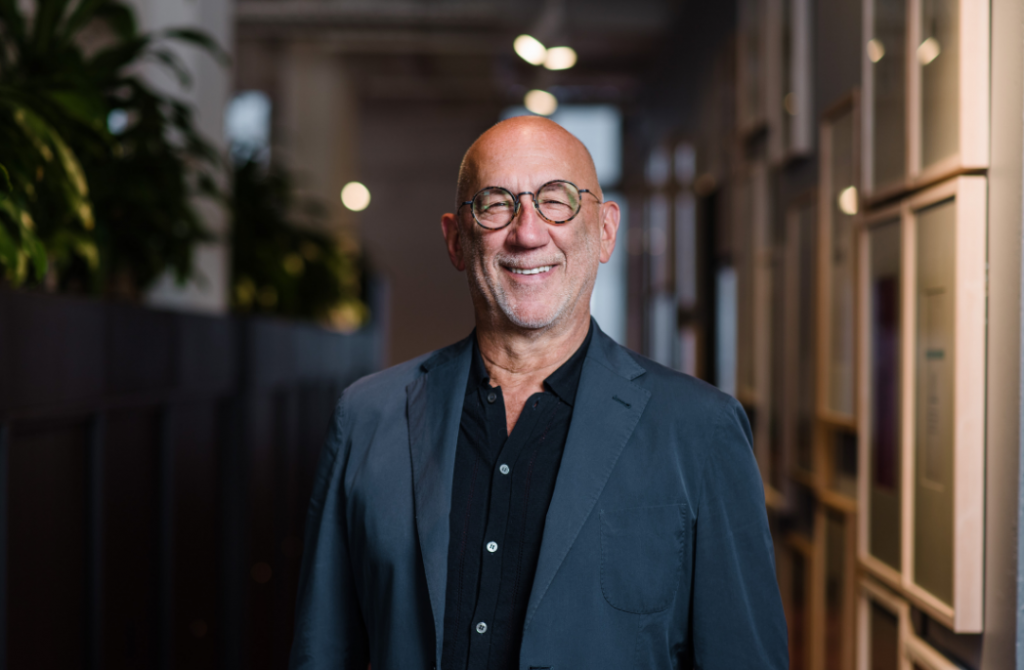
Nine years older than Bialek (and five years older than Justin), Synman was determined that the practice would be ‘professionally correct’. “He wanted to create a good reputation and so we became involved in [Australian] Institute [of Architects] activities and on juries, property councils and large practice forums,” explains Bialek. They prioritised marketing and ensured there were clear goals and objectives identified as ways to measure the performance of the business.
“We were definitely all about designing great architecture,” he stresses, “but we still weren’t going to be embarrassed about making money.”
While responsibilities were shared, with the three founders all doing a ‘bit of everything’, they soon found that each had their own strengths. “Charles was really good at feasibility studies, and when we started to do office work, he was instrumental,” recalls Bialek. “Alan and I were more directed towards residential work. And I was involved more in the marketing and business promotion side.”
But weekly meetings ensured that all the desired business drivers were covered off and that they had consensus on any important issues. “We always understood that we were good at different things, but the best thing was when we focused our attention together to get an agreed outcome.”
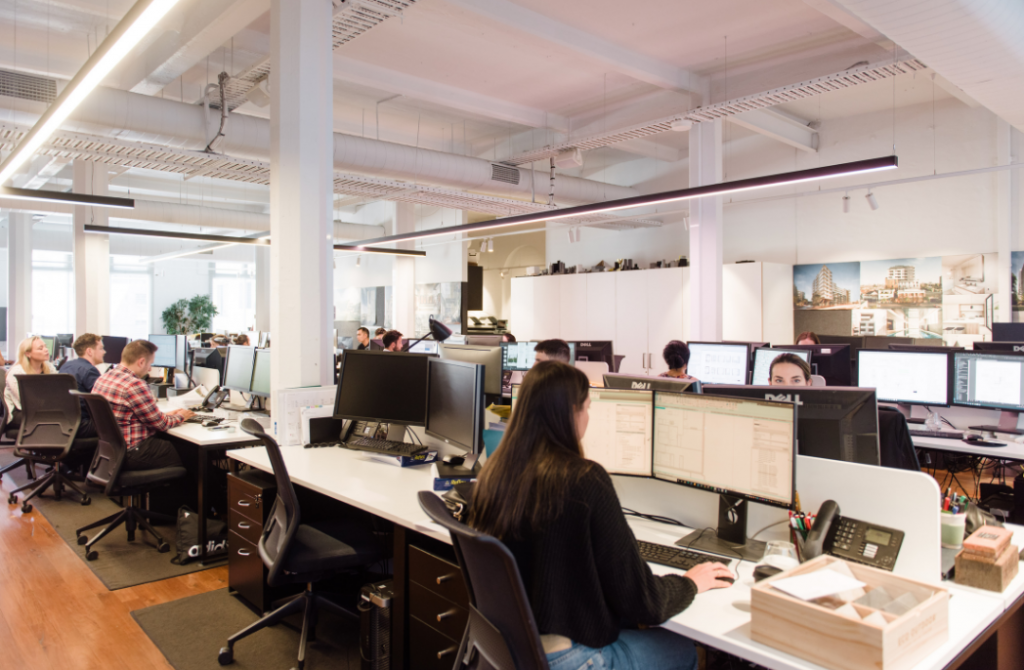
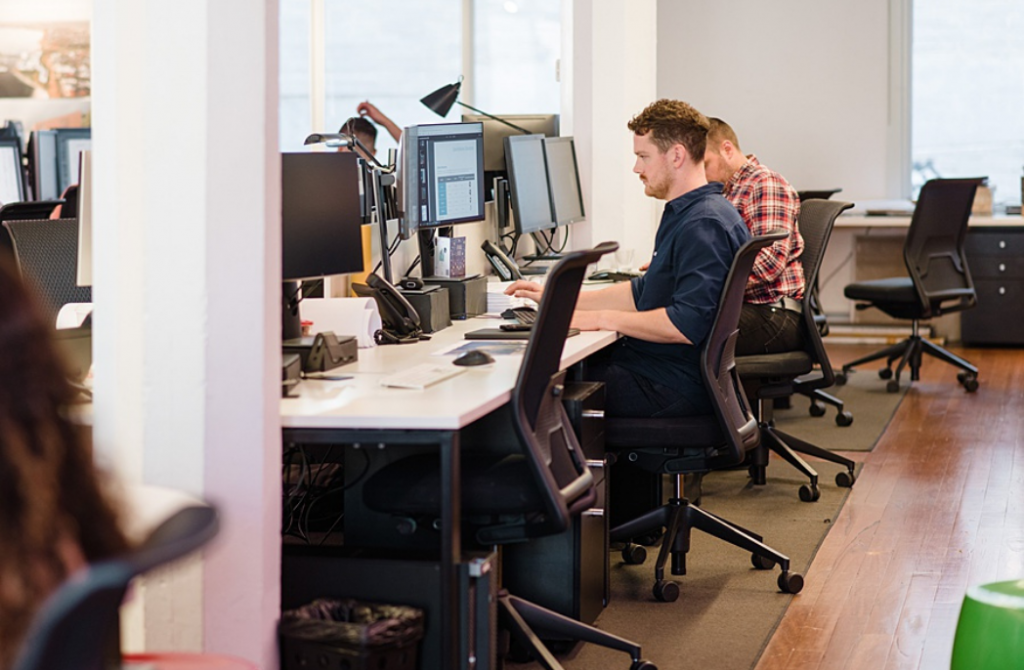
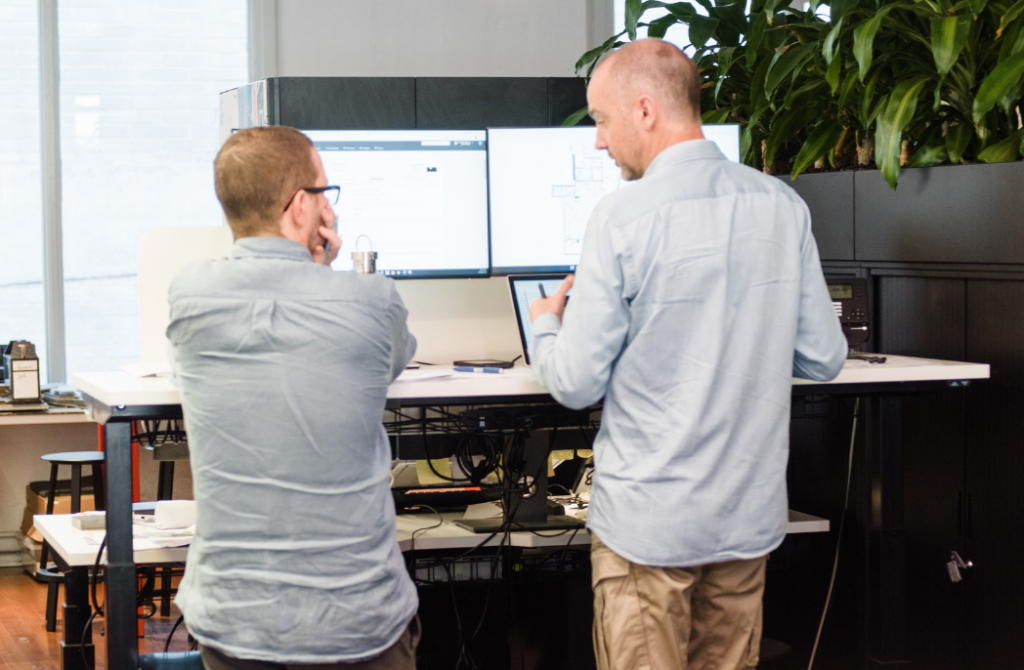
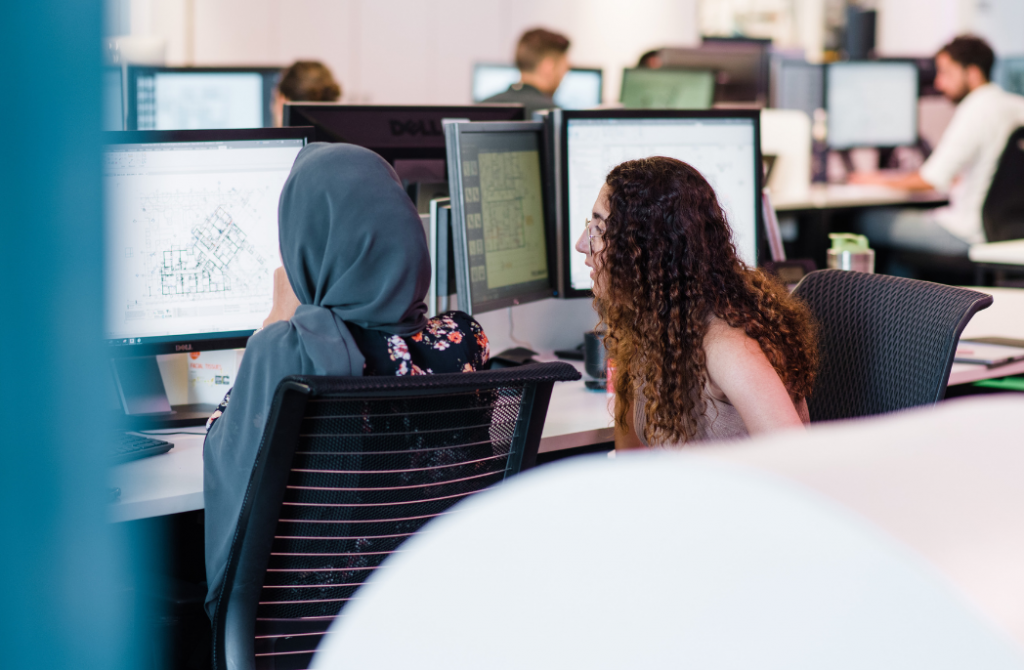
SJB Melbourne office
The GFC
While many in the local industry struggled during the global financial crisis of 2007 to 2009, Bialek says the period crystallised concepts that SJB had already formulated. The main lesson that ‘things can change dramatically and suddenly’ didn’t disrupt a practice that was established in the 1970s, when it was typical for the architectural profession to fluctuate every five to seven years. Bialek, Justin and Synman were used to the idea of peaks and troughs, and organised the business to ensure its preservation during the down cycles.
One of their most innovative strategies, when faced with no projects, was to create their own. They would borrow money to buy sites, and then construct small projects on them, giving them valuable experience and insight into how to build.
“We became project managers before project managers existed,” says Bialek.
They also opened up their own office, so it could act as a hub for others in the industry, who could use it for meetings and client lectures.
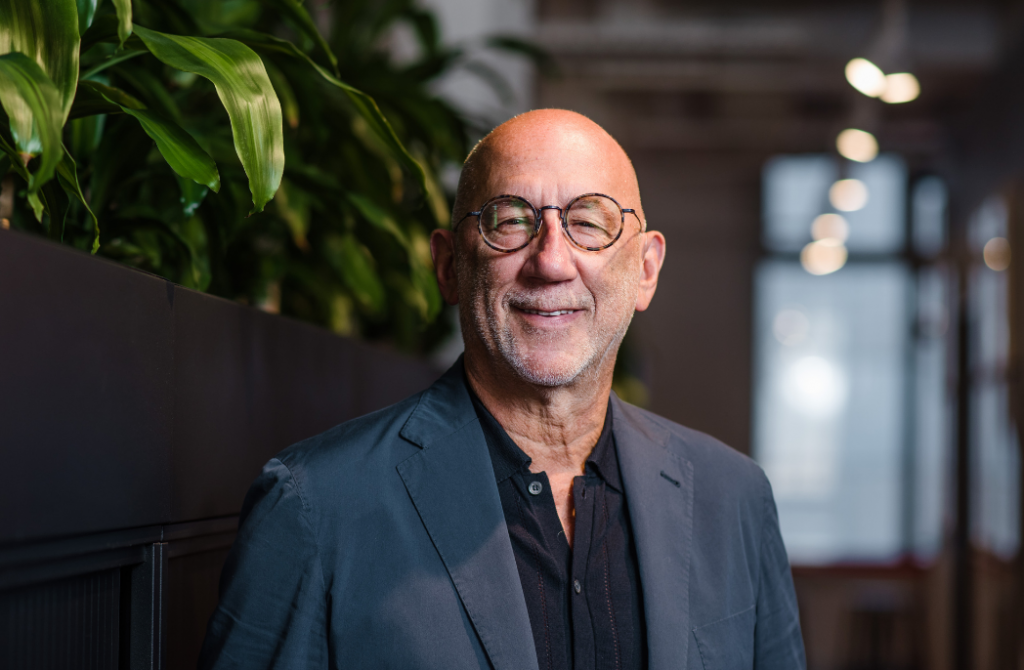
Together but separate
The practice’s progressive approach extended beyond the business drivers and also influenced its growth. “We encouraged gender equity very early and we have people from all over the world working for us. I think at the moment we have 23 nationalities in the studio,” says Bialek. “People ask, how does it feel with 200 people in the organisation versus three?’ It actually doesn’t feel that different to me.”
This is because the people that join the practice share its values, he says. Plus there’s the fact that those 200 aren’t all in the same place… or indeed working for the same business. The current business model is that SJB Australia is the licensing umbrella for a group of businesses that are separately owned and independent of each other – Architecture, SJB Planning, SJB Interiors and SJB Urban. Each has its own group of directors and makes its own decisions about hiring and firing and which work it will chase. Each also has its own financial system.
This has proven to be a successful model, says Bialek. “I have spoken to friends in national companies where you pool all the money and share it… in hard times you’d get this competition between the people who were doing well and those who weren’t. And it creates a lot of friction.”
But while the SJB businesses may stand on their own two feet financially, there is a shared ethos. “We are connected through a common culture, a common brand, which is very strong in the market right now, and a communication system that is consistent.”
SJB Australia has representatives from each of the businesses and they work together on brand communications, the common website, IT and HR. The different arms of the practice are also not tied to each other when it comes to partnerships. SJB Interiors is perfectly free to work with architects in other practices, for example.
As for Bialek, these days he says he still spends about 75 percent of his time on design. His focus is on initiating projects, doing the bidding work and presenting – more at the front end and less at the delivery – while he’s also involved in deciding where the practice is physically situated, what the strategic objectives are and the communications for the entire business.
How SJB fared during COVID
It’s perhaps unsurprising that the practice’s experiences over the last couple of years have not been as challenging as they could have been. All that previous history with the ups and downs of the 1970s and the lessons of the GFC meant it was well-placed to ride out the pandemic fairly evenly. The greatest issue was looking after staff well-being, says Bialek.
“Some people struggled with the isolation, some people struggled with their family situation, and we’ve had to make concessions and have understanding about that. We now have a policy of giving people the opportunity for flexible location of work, and we see that happening for some time. But, as a business, we coped really well. We didn’t suffer any great outbreak, but we’ve been careful and cautious in coming back.”
There were no issues with the team all getting vaccinated and now the offices are busy again. Bialek himself is very happy to no longer be working from home, commenting that while all staff had become very competent at using Zoom or Teams for meetings, the process had become exhausting. “It was laborious, but we got there and we’re still using that mechanism to keep our groups together and for the people working from home to be connected.”
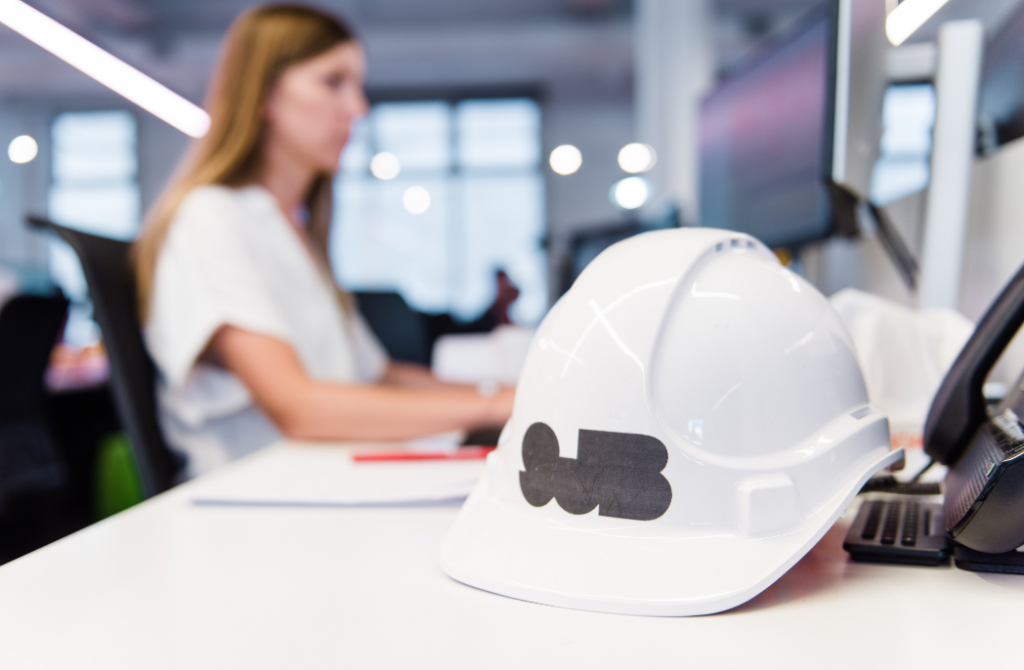
Successful succession
This consideration for how the staff are faring feeds into the evolution of the business overall. When Bialek’s co-founders retired, the smoothness of the transitions could be because they made plans for the future early, he says. “We always were discussing succession. I used to read books about it when I was in my late 20s and early 30s because I always wondered what happened to a company over time.”
Bialek mentions witnessing some Melbourne architectural practices collapse when the original partners either didn’t want to share the company or had difficulty letting go of the reins altogether.
Instead, he, Synman and Charles settled on a retiring age of around 65 and then worked on developing ways for new people to enter the business and then build on it without necessarily contributing funds. “Because when you take people out of university, they don’t have money, but they have the will and the enthusiasm to start a business.”
Synman left a little earlier than the 65 benchmark, and Charles a little later. Without being so discourteous as to ask his age, it’s clear that Bialek is probably at least nearing the retirement age ballpark. But he says he’s not looking to follow his fellow founders just yet, though when he does it’ll probably be to continue his involvement in body corporates and looking after properties in which he’s invested (including some SJB projects). “I’m a great filmgoer and music is one of my passions, so I think I’ll spend more time doing those things that interest me,” he says. “I may be consulting or perhaps sitting on community boards.”
In the meantime, there’s a bit of a rebrand to oversee. Well, Bialek calls it more of a ‘refocus’.
“Every five or six years we look at what we’ve done and say, ‘is it still relevant?’ The SJB logo and brand has become so identifiable and strong, and the decision is now to just talk about SJB and not necessarily focus on whether it’s interiors or town planning or architecture,” he says.
Giving a unified message through SJB’s Instagram account and its website is more of a tweaking or a refresh, he says. “Because I don’t think we need to reinvent ourselves. People in the industry know who we are… it’s a refresh and an opportunity for people to contribute, particularly the younger people.”
And it’s that exact cohort who are top of mind for him when it comes to summing up his feelings about his future at the practice.
“If I’m still regarded as useful and the younger people still have things to learn and I can be of assistance from my experience and my connections and networks and my involvement in design, then I’ll keep doing this for a little while longer,” he says.
Michael Bialek on…
Being an effective leader
You need communication skills, which are really critical for the business but also within the team. And also empathy – to understand that everyone is different and has different needs.
Being back in the office
I think in a creative industry like ours, people do fundamentally want to be together, and they want to share their thoughts. Part of the design process is about collaboration and a spark that comes out of a discussion.
Growth opportunities
We’ve seen a huge growth in social housing projects, and build-to-rent versus ownership is another model. We also see mixed use developments as having a fascinating coming of age.
What he wishes he’d known starting out
I think what you learn along the way creates the confidence that you have in going forward. So you’ve got to make some mistakes to learn. And we made a few along the way, not many I can admit…
Legacy
I wouldn’t change any of it. Because I now look around and I see all these families and people who rely on this business for their livelihood and their pleasure, and their sharing of what we do together, and that’s a huge tick for me. I could never have thought of a better profession and job.
Where SJB will be in 10 years
Perhaps operating in more places. We don’t have a growth strategy per se, but like significant involvement in significant projects. The Sydney office is doing projects in New Zealand and the Gold Coast, Melbourne is doing projects in Sydney and down in the Peninsula, and we’ve done work in Brisbane, as well as Asia many years ago. While the interior design practice has done work in Europe. Who knows where we may end up in the future?
All photography: Samara Clifford
This article originally appeared in AR170. Click here to subscribe.
You may also like:
SJB brand refocus
‘Eliminating inequity for women in architecture is terribly complex’: a chat with SJB’s Monica Edwards
SJB welcomes new associates in Melbourne

